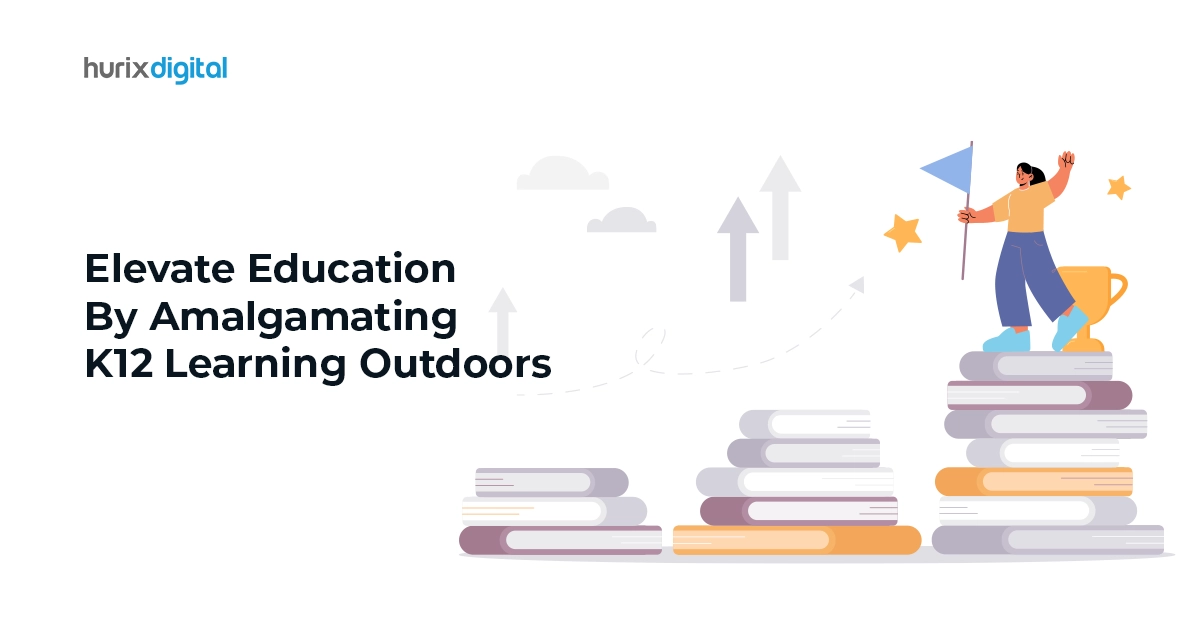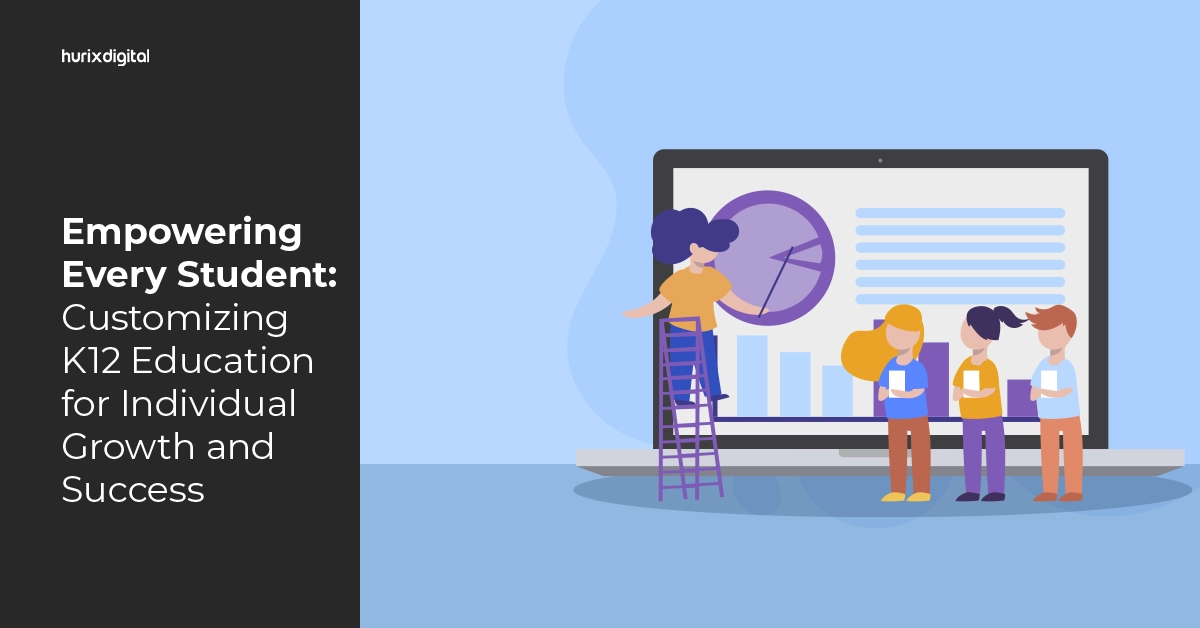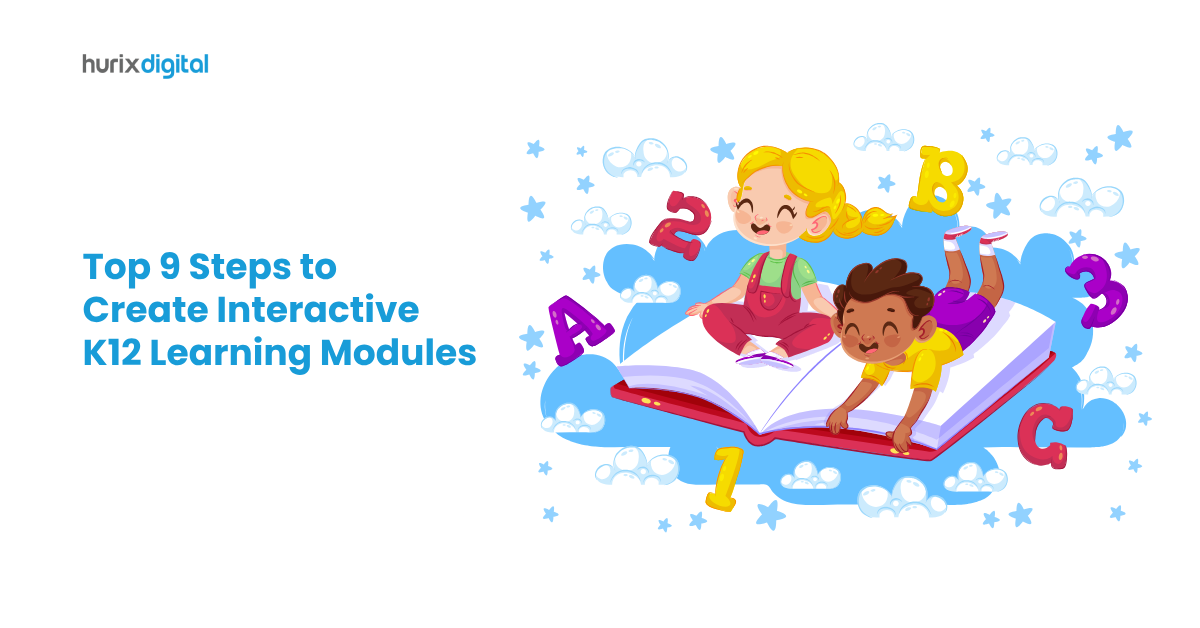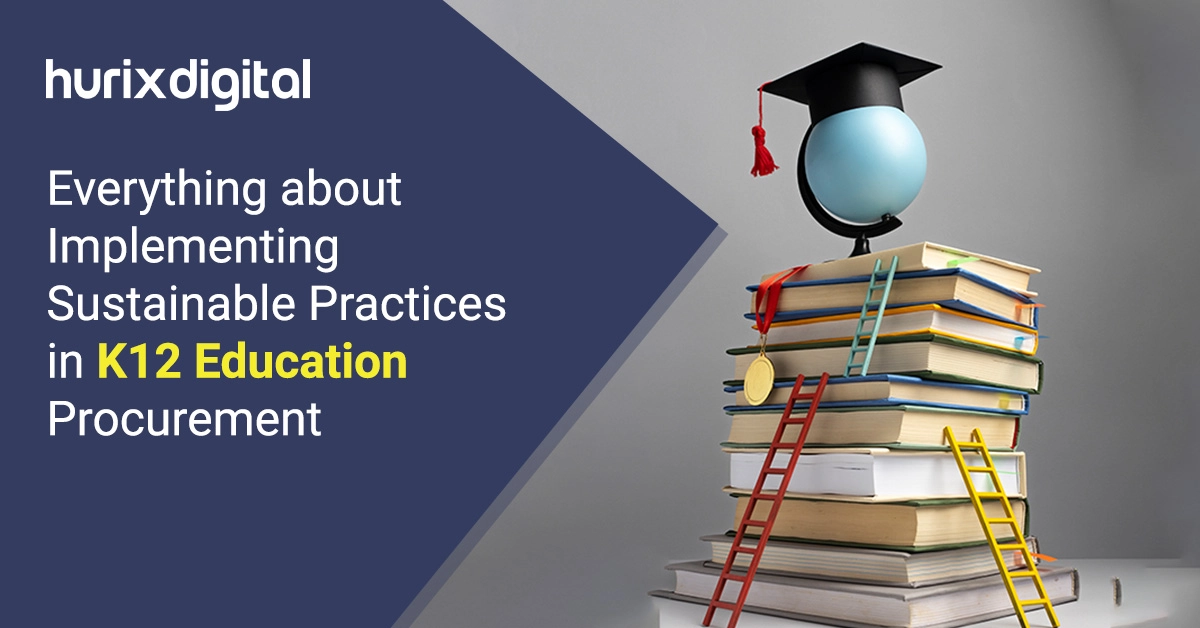
Elevate Education By Amalgamating K12 Learning Outdoors
Summary
This post discusses how integrating outdoor learning with K12 education can enhance the educational experience. Explore the benefits of combining classroom and outdoor activities.
Gone are the days when people were oblivious to the impact of outdoor education, especially as a part of K12 education. In a study released in 2022, findings revealed that the worldwide outdoor education market’s value surged to USD 538.6 billion in 2021. Projections indicate a significant expansion, with expectations set for the market to reach USD 1110.63 billion by 2028, marking an annual growth rate of 9.70%.
While the digital age prioritizes online learning experiences, the world must rediscover the significance of hands-on outdoor education.
This blog will take you through the meaning of outdoor education, a quick overview of its benefits, and effective ways to deliver outdoor learning as a part of K12 education. So, let’s dive right in!
Table of Contents:
- What Does K12 Learning Outdoors Entail?
- The Impact of Outdoor Education
- Effective Ways to Facilitate K12 Learning Outdoors
- Technologies That Would Enhance Outdoor Learning
- Thoughts for the Wilderness
What Does K12 Learning Outdoors Entail?
While the words K12 learning outdoors are somewhat self-explanatory, the beauty of the concept lies in its vast range and potential. Outdoor education is all about practices that expand beyond the classroom walls, taking learning up and right to Mother Nature.
The main focus of outdoor education is to emphasize hands-on experiences in outdoor settings to complement academic learning modules. There are a multitude of delivery methods, right from nature treks and hikes to building and collaboration projects and survival basics.
The Impact of Outdoor Education
With your mind now on the possibilities, here are a few ways the nature-based learning approach impacts and benefits a learner:
1. Knowledge Turns Experiential
The most evident benefit of outdoor education is that academic knowledge is put to work. Each module of K12 learning outdoors facilitates learning by doing, which is the foundation of experiential education.
When students step out into the outdoors with theoretical concepts in their minds, practicing with real-world factors greatly accelerates their ability to adapt these concepts across different environments.
2. Collaborative and Social Skills Are Emphasized
As students practice holistic learning outdoors, they can take up several projects. These projects often involved multiple teams of students working together.
This is how K12 learning outdoors develops a learner’s collaborative skills to communicate their perspectives clearly while helping them socialize amongst peers.
3. Cortisol Levels are Managed
Cortisol is the primary hormone associated with stress, and high levels negatively impact a learner’s mental and physical health. Academic learning modules often create a competitive and stressful environment for students, resulting in high cortisol levels.
Through K12 learning outdoors, students participate in physical activity and immerse themselves in natural settings, which, according to a survey by Harvard Health, assists in reducing cortisol levels.
4. Awareness Is Turned up a Notch
Being closed off by digital screens and walls in a classroom, learners cut themselves off from the environment and changes around them. By integrating nature into the curriculum, students are more attuned to their surroundings.
Sensory engagement with nature helps expand their working knowledge, sharpens observational skills, nurtures a nature-based learning approach, and instills in students the responsibility to treat the environment responsibly.
5. Keeps You in Shape
Physical activity is part and parcel of outdoor education. Through activities like hiking and nature walks, students actively engage their bodies and burn energy while putting their minds to work. When paired with conscious and healthy eating habits, outdoor education undoubtedly keeps every learner in great shape.
To learn a few statistics about what impacts K12 education, take a look at this piece!
Also Read: The Best 5 Tech Tools That Make K12 Online Education Programs More Rewarding
Effective Ways to Facilitate K12 Learning Outdoors
With outdoor education offering so many mental and physical benefits, we are positive you’re raring to make the most of it!
Understanding the most effective ways of bringing out all these positive impacts in a student’s learning journey is crucial, so here are four key ways to effectively bring out the best of K12 learning outdoors!
1. Adventure Activities
When one thinks of outdoor education, the best way to start experiencing it is through adventure. Here are some practical, adventurous activities:
- Hiking, Trekking, and Rock Climbing: The natural setting of these activities helps reduce cortisol levels and develop motor skills.
- Camping: Skills needed to camp in the wilderness, such as lighting a fire, setting up tents, collecting wood, and paying attention to your surroundings, are a crucial part of survival and critical thinking.
- Nature Walks: When students are led on a guided nature walk, they can improve their attention to detail, and through environmental education, they broaden their horizons on actions that impact the environment.
- Food Foraging: Searching for food helps students understand the various types of edible plants, vegetables, and fruits. It also increases their awareness of poisonous foods around them.
2. Class Projects With a Cause
One of the core benefits of K12 learning outdoors is that students learn about real-world situations, current affairs, and those in need. An ideal way to deliver this lesson and skills is to help educators devise learning modules and projects involving community service to improve or positively impact the lives and surrounding environment.
Class projects, like planting trees or facilitating health checkups for people and animals in remote areas, have a substantial social impact and scope for learning.
3. Art and Skill Workshops
Workshops such as pottery classes, painting, and photography have unique benefits unlike any other K12 outdoor learning experience. They not only boost coordination skills and muscle memory, but they also facilitate creative expression.
Through art and skill-based workshops, learners can understand what they are passionate about, find joy in their hobbies, or even understand what skills can become a part of their career.
4. Storytelling Sessions Set in Nature
While class projects facilitate soft skills such as collaboration and teamwork, which are vital in both academic and professional aspects, presenting and effectively engaging listeners is equally, if not more important, in life.
Through K12 learning outdoors, activities such as bonfire storytelling or plays and skits set in nature allow learners to practice telling narratives and expressing thoughts and things they’ve learned in the most effective way possible.
Technologies That Would Enhance Outdoor Learning
While effective outdoor education in K12 traditionally occurs in physical settings amidst nature, in this digital age, immersive tech plays a huge part in mitigating safety issues and risks, not to mention helping students shed any geographical or physical limitations.
K12 learning outdoors can be simulated with a highly realistic experience through virtual reality (VR). This technology immerses a learner through VR headgear and simulates experiences such as virtual tours, survival exercises, and even creative skill workshops by incorporating visual, audio, and spatial elements.
Overall, such immersive technologies are helping the world enhance outdoor learning and improve its accessibility and experience for every student worldwide.
To learn more about the benefits of immersive technology in K12 education, click here!
Thoughts for the Wilderness
Connecting learning to nature holds profound benefits, including equipping learners with survival skills and keeping them fit to improve their collaboration, storytelling skills, and environmental awareness.
While K12 learning outdoors has multiple benefits, concerns related to accessibility and safety may arise. Embracing immersive technology ensures every student can use this extremely beneficial learning approach.
All things said, implementing practical modules can prove to be challenging, and given the rise in demand for outdoor education, you must avail yourself of help to deliver the best learning experience. As learning solution experts, we can make the entire process seamless. So, don’t hesitate to reach out to Hurix Digital!
Contact us now!

Senior Vice President – Business Development
Over 25 years of experience in the edtech and workforce learning industry with strong skills in Business Development, Customer Relationship Management (CRM) and Strategy.








